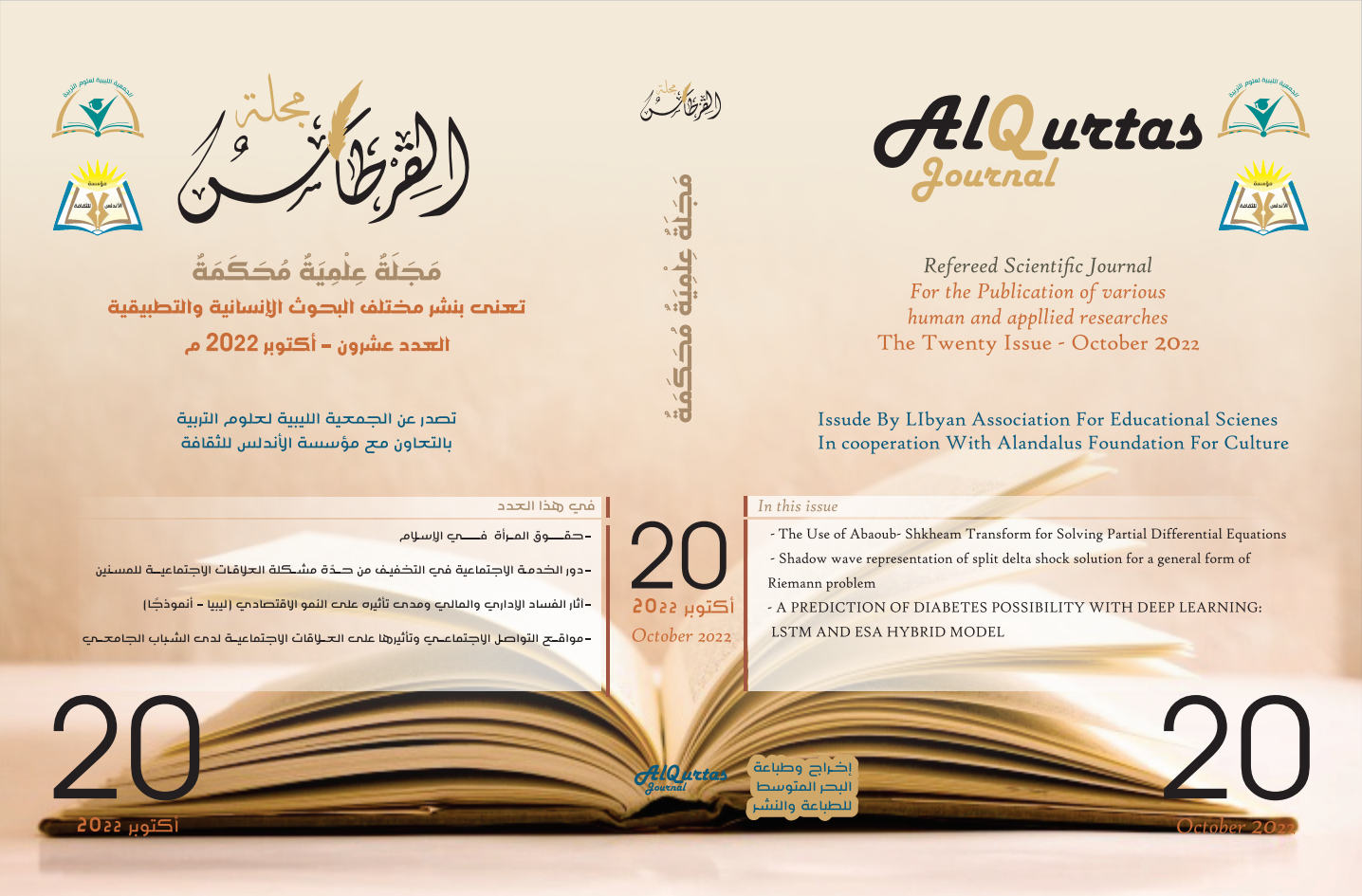مدى فعالية العسل في مقاومة فيروس الكورونا كوفد- 9
محتوى المقالة الرئيسي
الملخص
نحل العسل Apis mellifera هو الذي يقوم بتخليق العسل، منذ القدم أستخدم العسل كغذاء ودواء، ولأهميته الغذائية والطبية ذكر في العديد من الكتب المقدسة، للعسل تأثيرات مضادة للجراثيم الممرضة للإنسان وكذلك يستخدم في علاج الحروق والجروح ومقوي للمناعة،
التنزيلات
بيانات التنزيل غير متوفرة بعد.
تفاصيل المقالة
كيفية الاقتباس
Halila, Shokri Ayad, و Fatma R khadher. 2022. "مدى فعالية العسل في مقاومة فيروس الكورونا كوفد- 9". مجلة القرطاس, عدد 20 (نوفمبر). https://alqurtas.alandalus-libya.org.ly/ojs/index.php/qjhar/article/view/618.
القسم
المقالات
